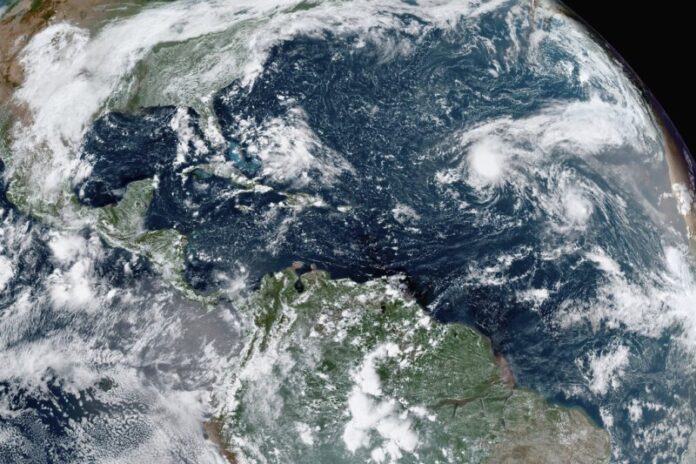
(NEXSTAR) – The weak La Niña that’s been with us since winter has officially faded, the Climate Prediction Center said Thursday.
The Center, a division of the National Oceanic and Atmospheric Administration (NOAA), said that leaves us in “ENSO-neutral” conditions. This situation, affectionately nicknamed La Nada, means neither La Niña nor El Niño is present.
Neutral “La Nada” times can make predicting seasonal weather a bit more challenging. “Without an El Niño or La Niña signal present, other, less predictable, climatic factors will govern fall, winter and spring weather conditions,” climatologist Bill Patzert of with the Jet Propulsion Laboratory said in a NASA post.
This less predictable, neutral status is expected to last through at least the summer.
Starting in the fall, the chances of La Niña or El Niño returning start to grow. At this point, a La Niña winter looks more likely than El Niño for late 2025 and early 2026.
A typical La Niña winter brings dry conditions across the southern half of the country, with extra rain and snow up north (especially in the Pacific Northwest and Ohio Valley). El Niño years are the opposite: cold, wet winters in California and the Southern U.S., but warm, dry conditions for the Pacific Northwest and the Ohio Valley.
Whether we’re in a La Niña year, El Niño year or neither is determined by sea surface temperatures near the equator over the Pacific Ocean. The temperature of the water and air above it can shift the position of the jet stream, which in turn impacts the types of weather observed on land.



